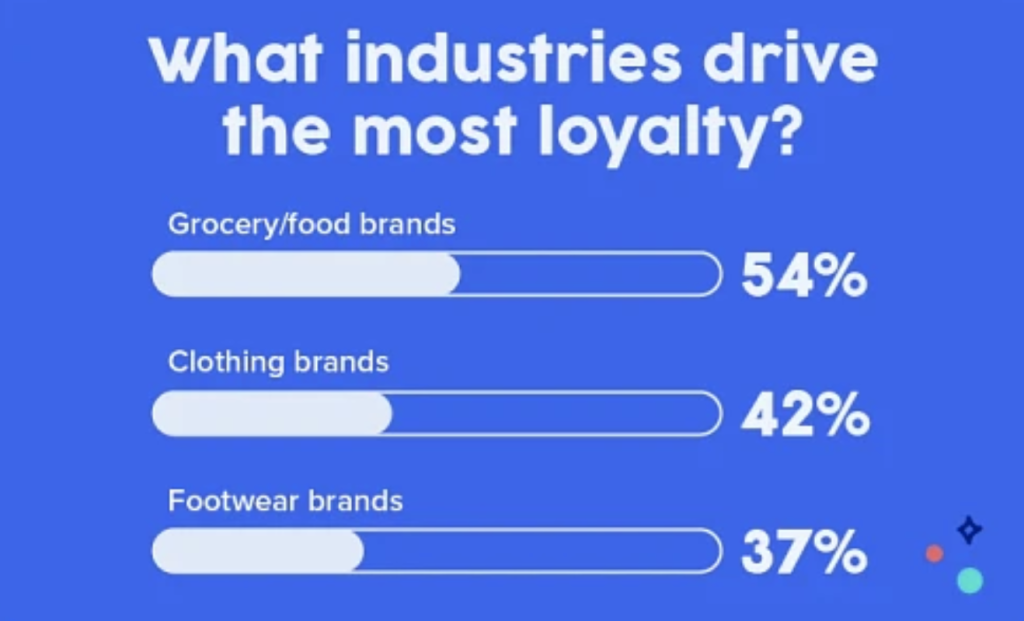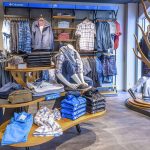As the active lifestyle market enters a new era with the real possibility that rising prices due to increased U.S. tariffs will test the consumer’s allegiance to brands or their daily routines.
A recent report from UserTesting, a provider of human insights for the enterprise, reveals that brand loyalty isn’t just holding steady in 2025 – it’s becoming a safe haven for consumers navigating higher prices and watching their wallets.
According to a new global study surveying 4,000 consumers across the U.S., Australia, and the UK, more than two-thirds (68 percent) of loyal customers say they would continue buying from their favorite brands, even if prices increased.
“On average, consumers say they’re willing to pay 25 percent more to stick with a brand they trust,” the firm noted in its study summary. “The research highlights a growing connection between brand trust and consumer risk tolerance. As prices rise and choices expand, people are relying on familiar brands that have earned their confidence over time, viewing them as a lower-risk investment, even when it costs more.”
The survey that feeds the summary results was conducted in mid-February, before the tariff actions started to take place in March and early April.
Still, the study is said to uncover how nostalgia, consistent quality, and customer experience play key roles in earning—and keeping—customer loyalty in 2025 and that should not be re-directed even during events such as the market is experiencing now. If anything, tariff talk may actually be driving some consumers to buy more of their favorite brands before prices rise.
An interesting point for the active lifestyle market is where footwear and apparel rank on the loyalty scale, surpassed only by grocery and food brand loyalty.
 Nostalgia Sparks Loyalty; Experience Seals It
Nostalgia Sparks Loyalty; Experience Seals It
The study noted that consumers across all three regions said childhood memories play a major role in where they now shop. More than two-thirds of Americans (71 percent), and nearly two-thirds of Australians (62 percent) and Brits (63 percent) say they’re more likely to buy from brands they associate with their childhood, UserTesting indicated.
But the study said it’s not just sentimentality that earns repeat business, noting that the top drivers of brand loyalty globally include consistently high product quality, good customer experiences, and years of trust.
“Brand loyalty isn’t just about nostalgia or habit — it’s about delivering consistent value,” said Bobby Meixner, senior director of Industry Solutions, UserTesting. “In today’s market, customers stay loyal when brands create experiences that feel personal, reliable, and rewarding.”
American consumers said they remain loyal to brands that deliver consistently high product quality (59 percent), provide positive experiences (58 percent), and have earned trust through years of use (56 percent). These expectations apply across various sectors, but grocery/food (54 percent), clothing (42 percent), footwear (37 percent), phones (29 percent), and electronics (28 percent) are the top categories where Americans report the most loyalty.
Reviving Retired Products Could Win Back Hearts
UserTesting said many consumers would love to see old favorites make a comeback.
“Two in three Americans (66 percent) said they would pay extra for discontinued products from brands they loved, with Aussies (53 percent) and Brits (58 percent) echoing the sentiment.”
 In fact, consumers in all three countries mentioned retro products they’d love to see revived—from iPods and Gameboys to Crystal Pepsi and Sega consoles. On average, consumers said they’d be willing to pay up to 27 percent more for these nostalgic comebacks. Air Jordans and Converse All Stars anyone?
In fact, consumers in all three countries mentioned retro products they’d love to see revived—from iPods and Gameboys to Crystal Pepsi and Sega consoles. On average, consumers said they’d be willing to pay up to 27 percent more for these nostalgic comebacks. Air Jordans and Converse All Stars anyone?
In the U.S., 32 percent of respondents said they wouuld pay extra for revived classics.
 Trust Lowers Risk and Justifies Higher Prices
Trust Lowers Risk and Justifies Higher Prices
The study said that loyalty remains strong even as inflation puts pressure on wallets. Seventy-three percent of U.S. consumers surveyed said they would continue to purchase from their favorite brands even if prices increased, proving that perceived value and brand perception outweigh pricing concerns. And on average, they are willing to pay 25 percent more for these trusted products.
Some categories stand out, with consumers willing to pay up to 34 percent more for gaming products, 33 percent more for jewelry and watches, and 28 percent more for fitness brands. However, the firm noted that Americans do have limits; they say they might consider switching brands if a competitor offers a superior product or if their preferred brand stops delivering value
What Keeps Customers Loyal
The research highlighted why people stay loyal — or leave.
“The top reasons for sticking with a brand include consistently high product quality (up to 60 percent globally), positive experiences (up to 59 percent), and long-term usage (up to 57 percent),” the study found.
However, UserTesting also indicated that a brand’s customers would consider switching if a competitor offered a better product (up to 44 percent) or if their favorite brand stopped delivering the value they expected.
“Price matters, but it’s not everything,” added Meixner. “During periods of financial strain, consumers are less willing to take chances. They’re focused on value and experience—and they’re willing to spend more if they trust a brand to consistently deliver on its promise.”
Global Loyalty Snapshot
- The study found 81 percent of Australians, 83 percent of Brits, and 81 percent of Americans can recall at least one brand they are loyal to when purchasing.
- The average loyal customer across these regions is dedicated to 5–6 brands.
- Top loyalty categories include grocery/food (up to 54 percent), clothing (up to 43 percent), and electronics (up to 30 percent).
- Nearly half of consumers are more loyal to brands with physical stores versus online-only brands.
Methodology
Methodology: The study was commissioned by UserTesting and conducted by Talker Research. The survey gathered insights from 4,000 consumers across the United States (2,000), Australia (1,000)), and the United Kingdom (1,000) between February 22 and February 27, 2025. Respondents were adults aged 18 and older and represented a cross-section of each region’s general population.
Image courtesy Arc’teryx/Infographics and Data courtesy UserTesting
















